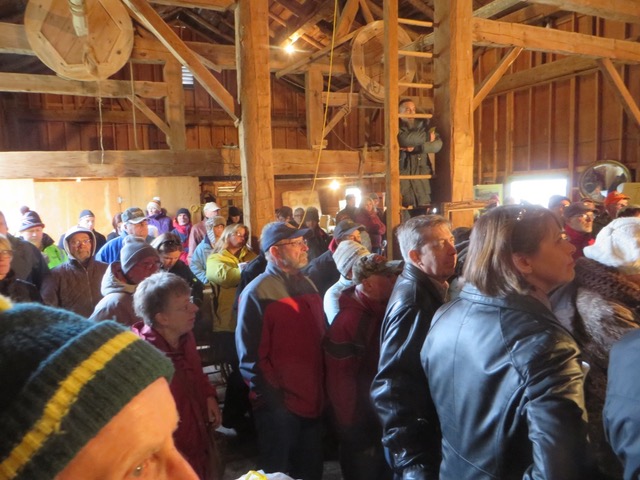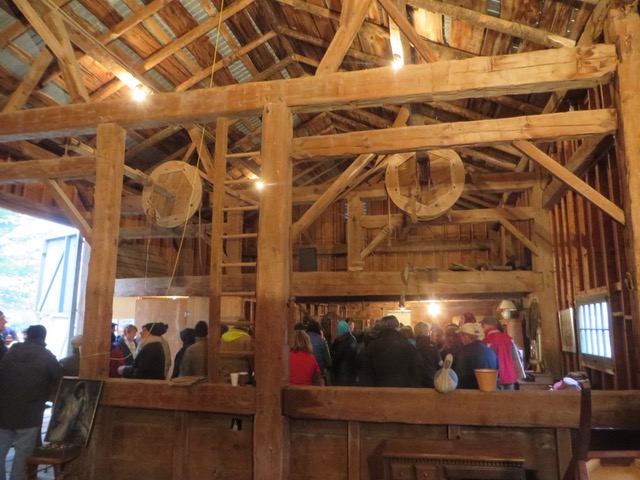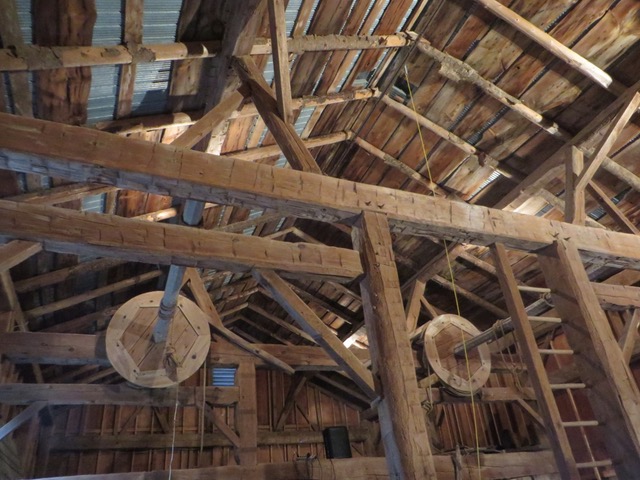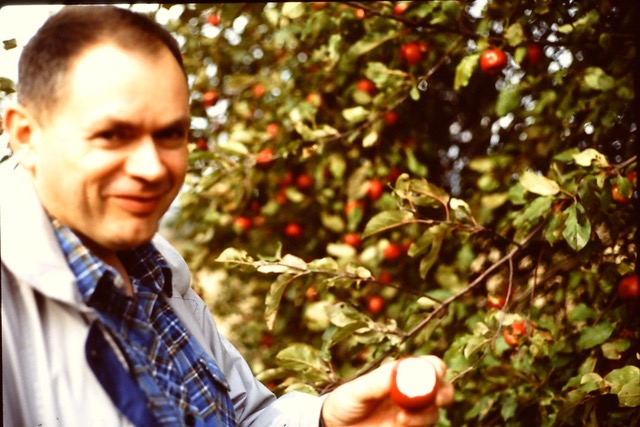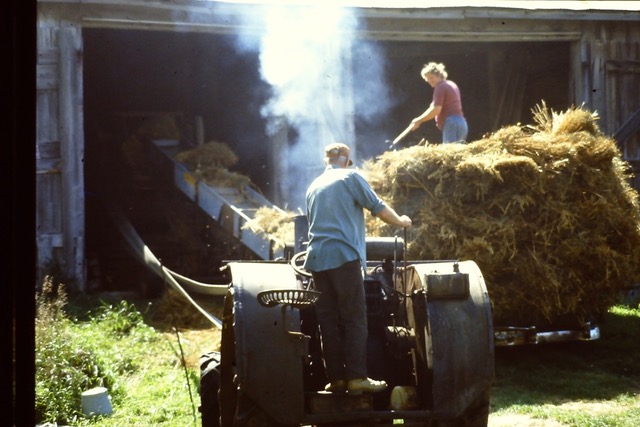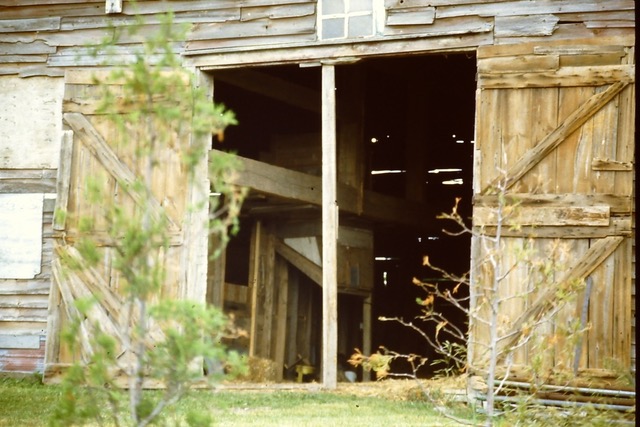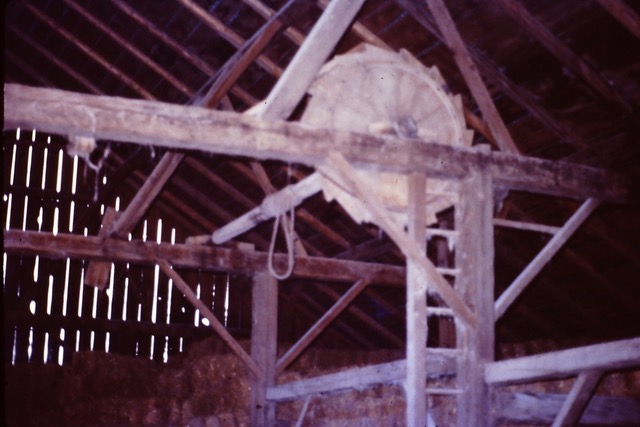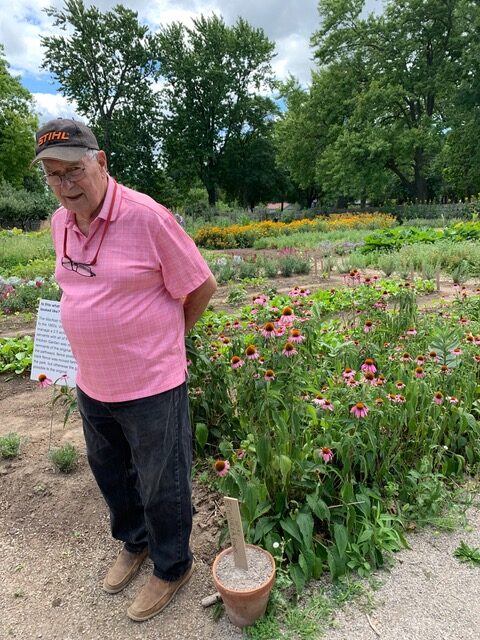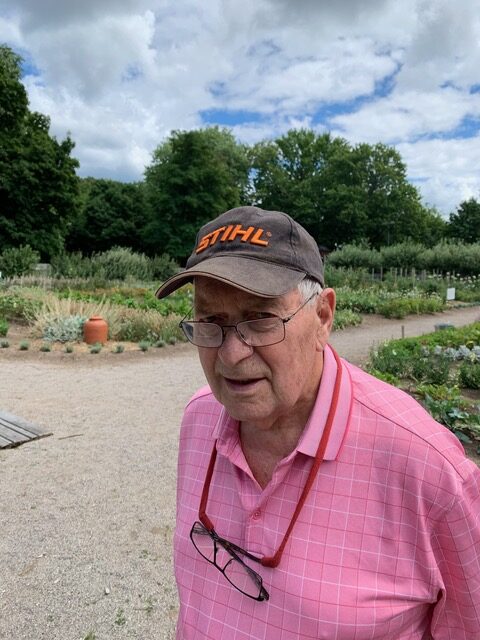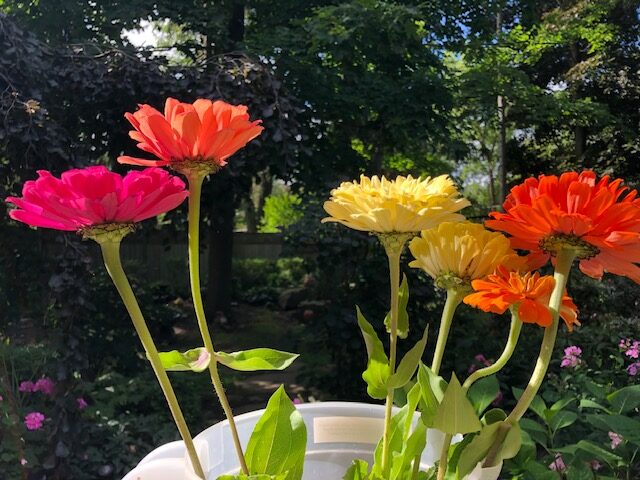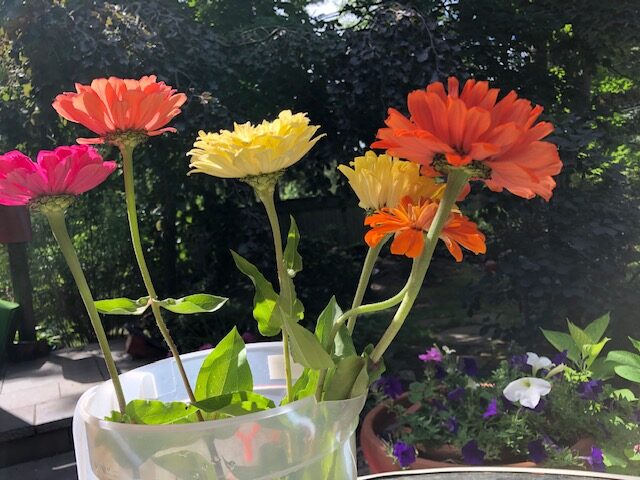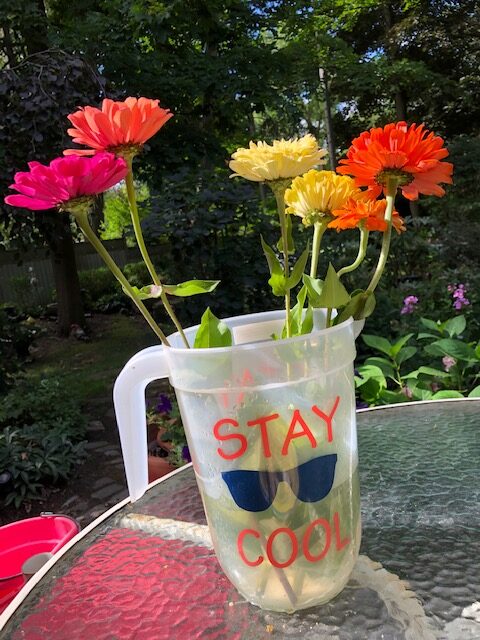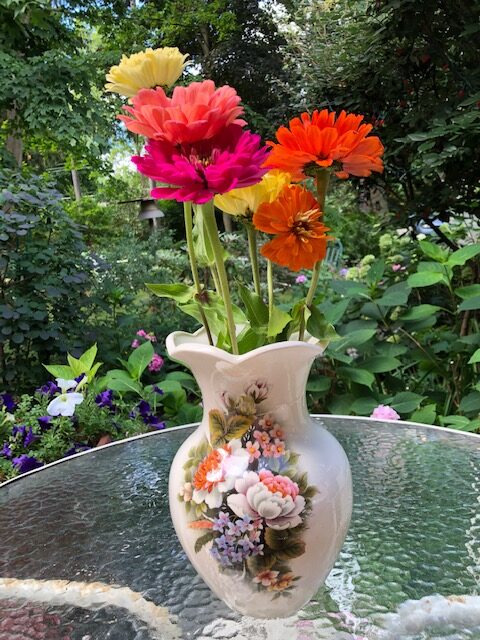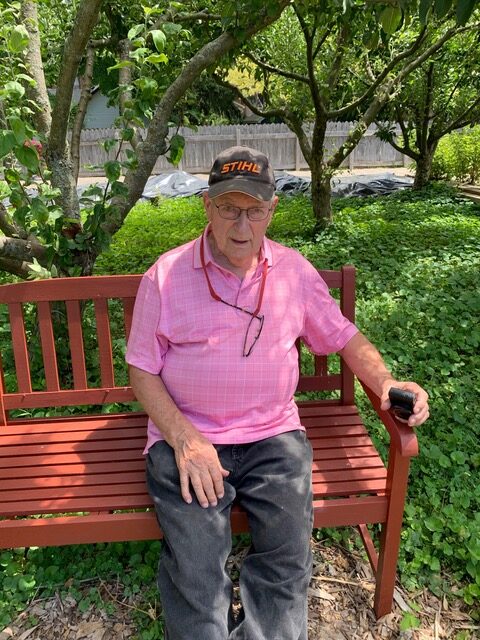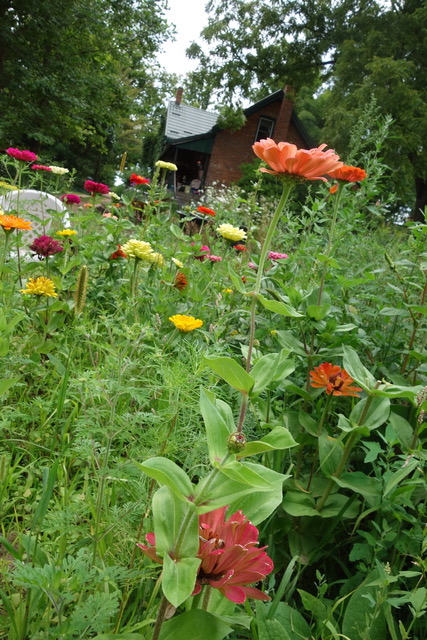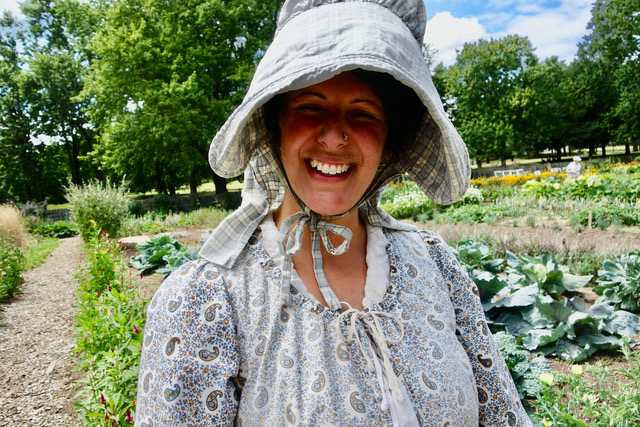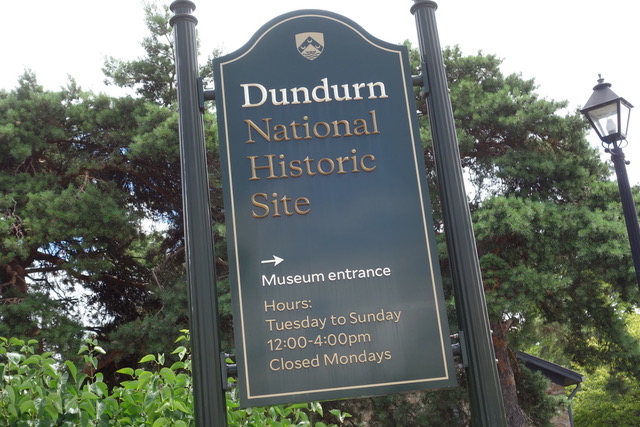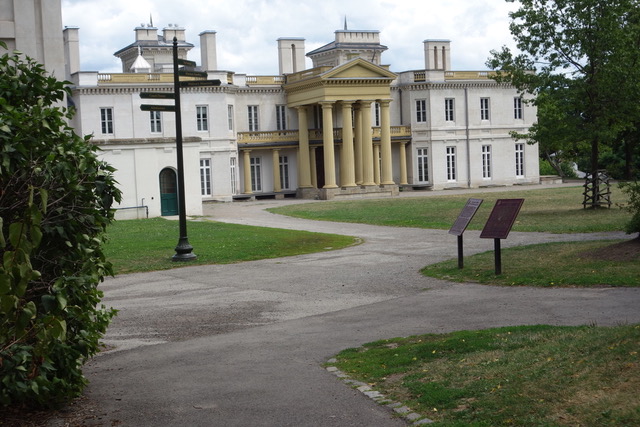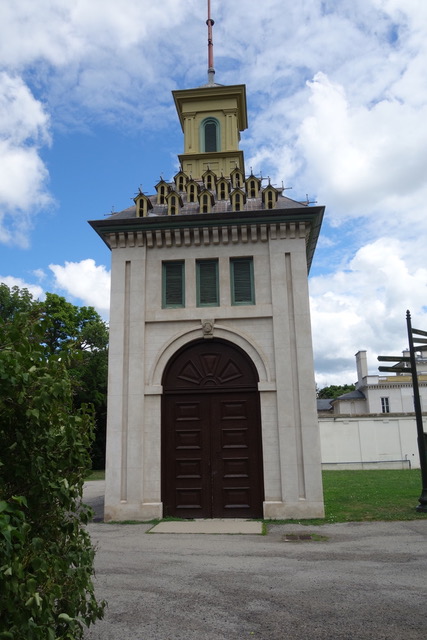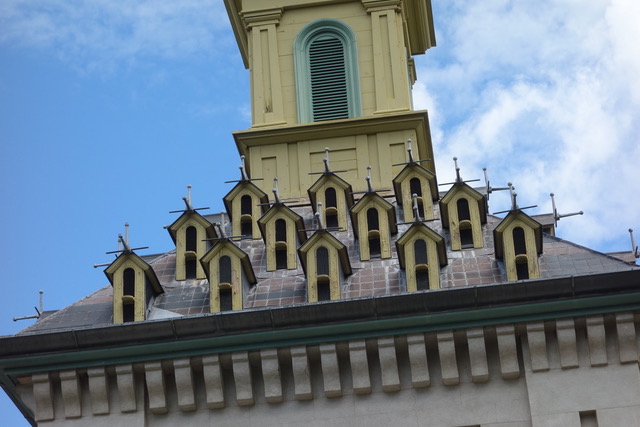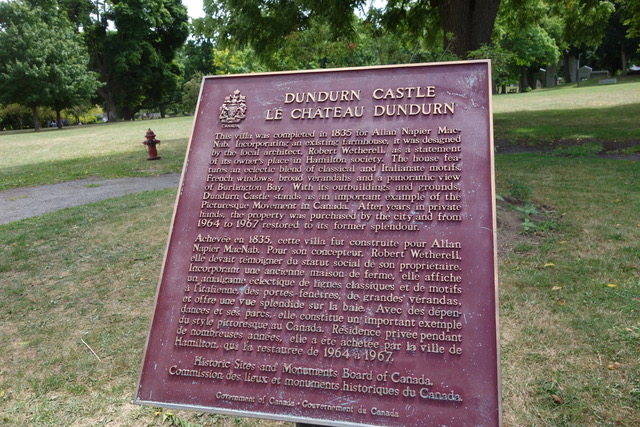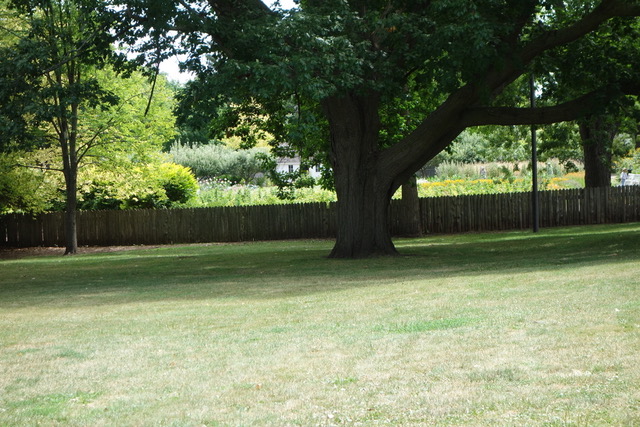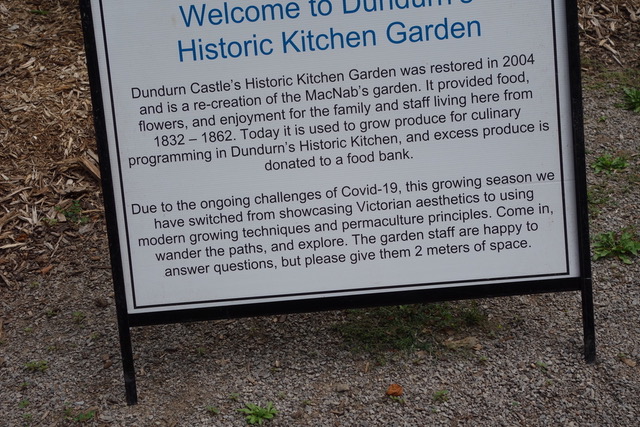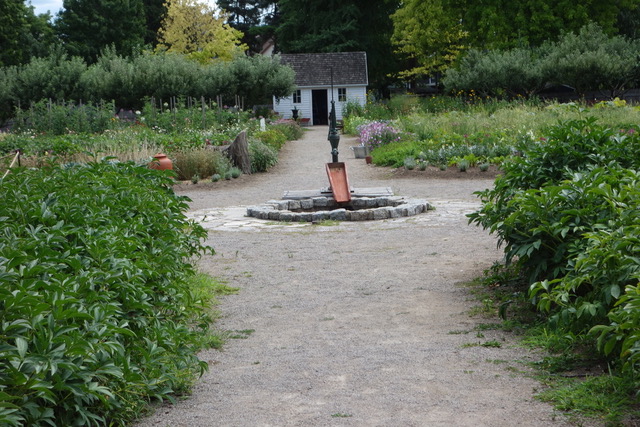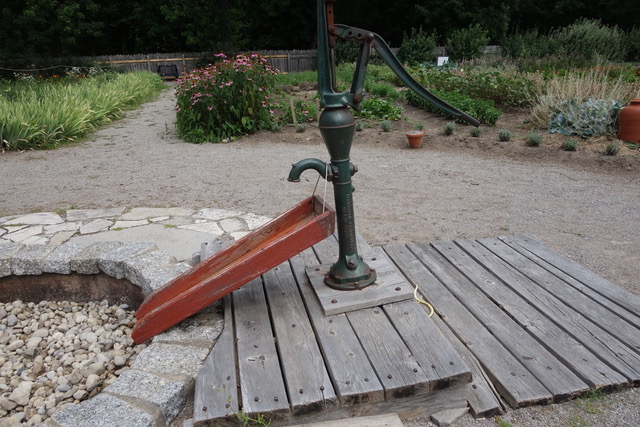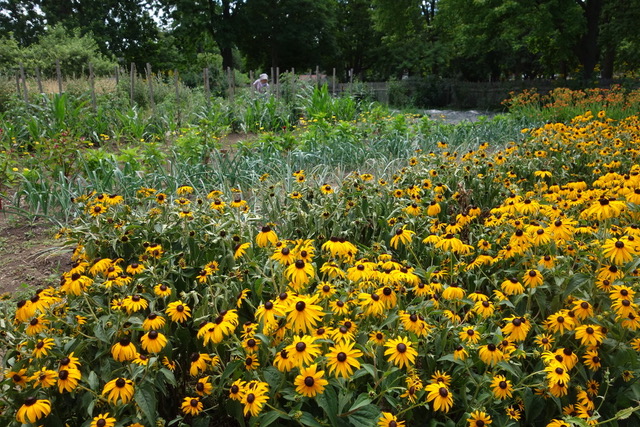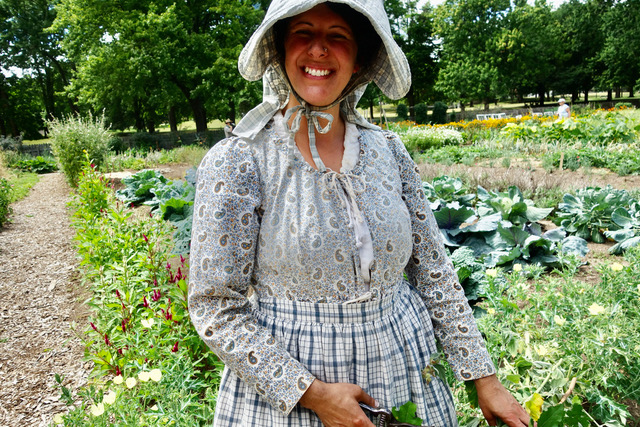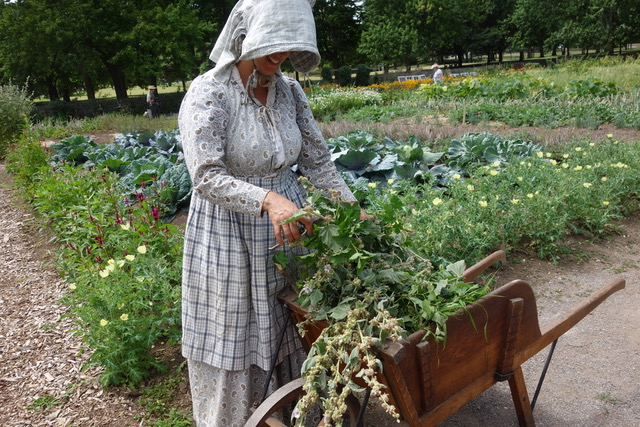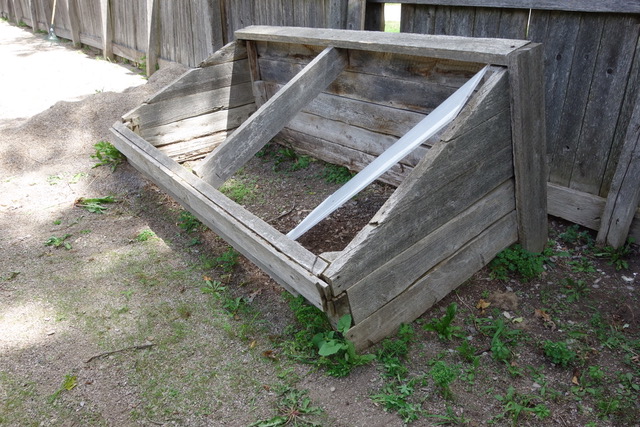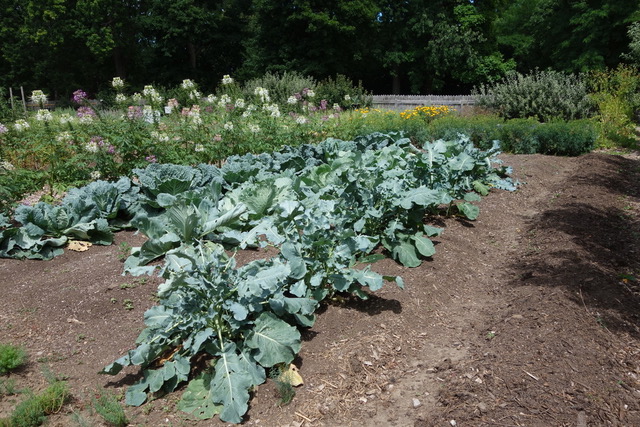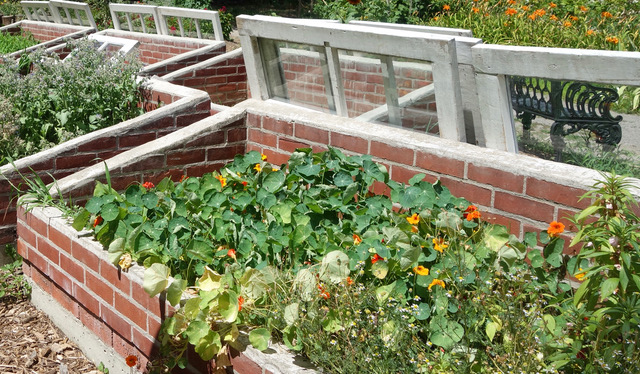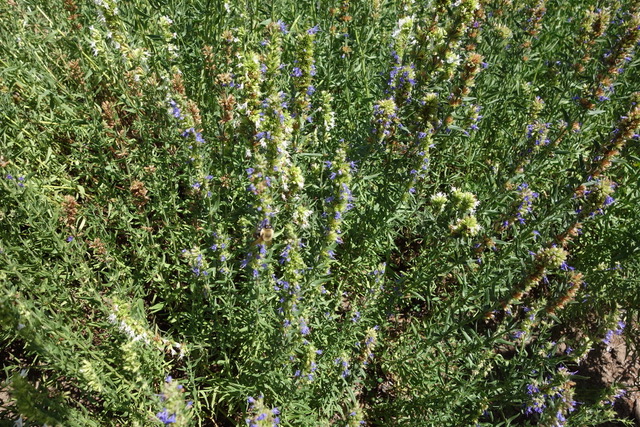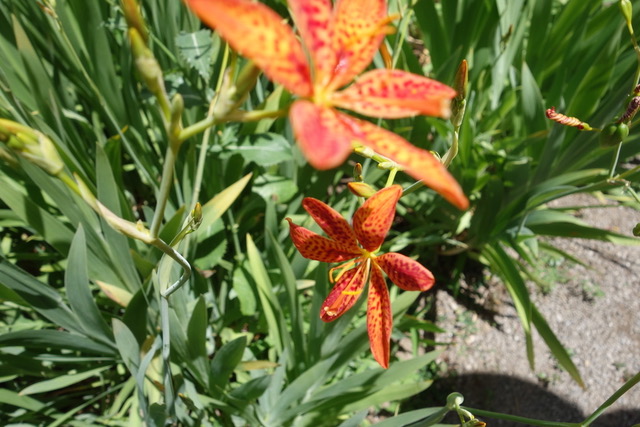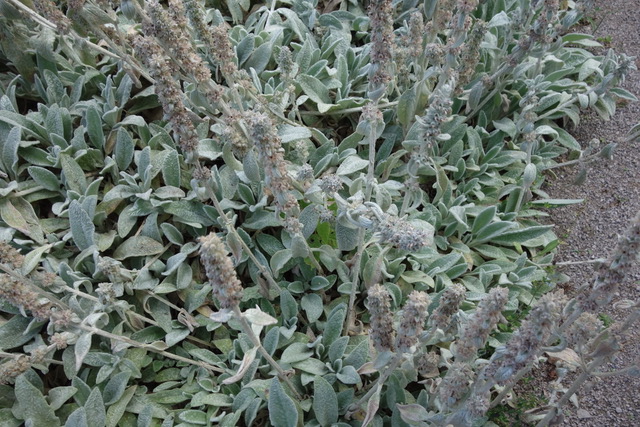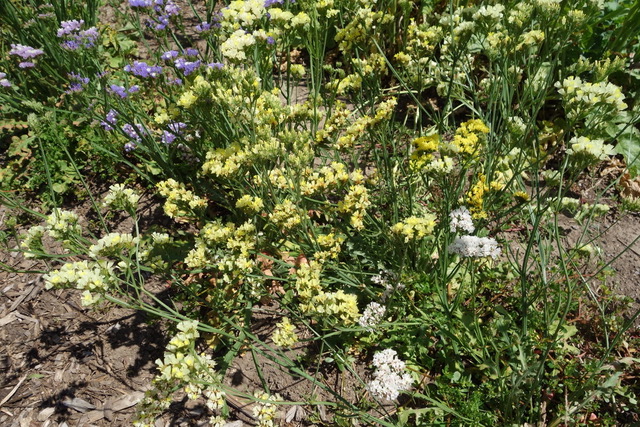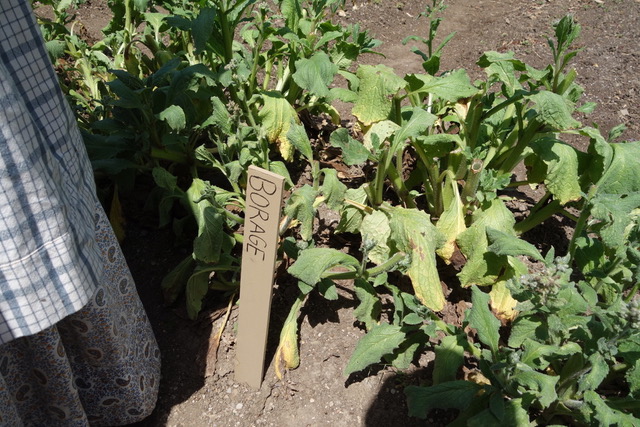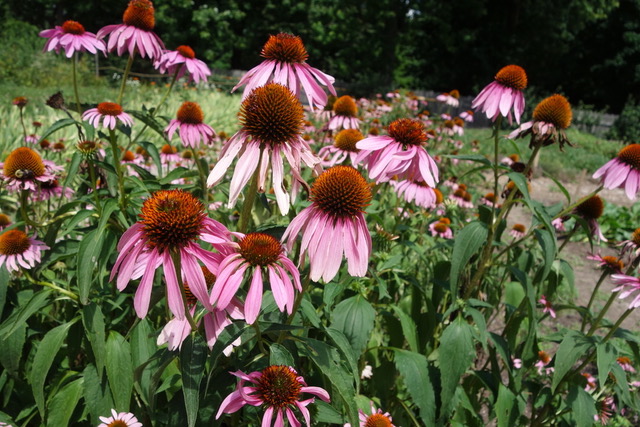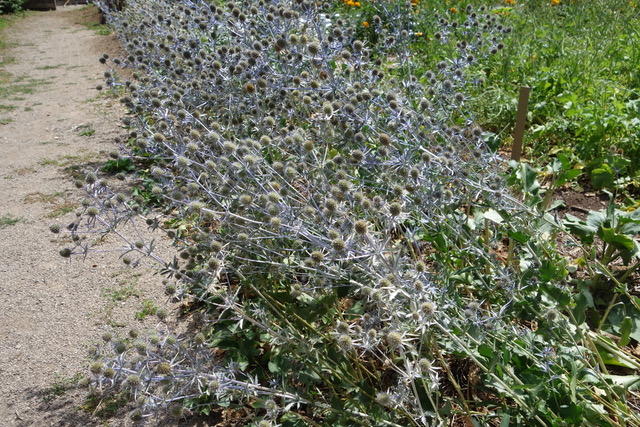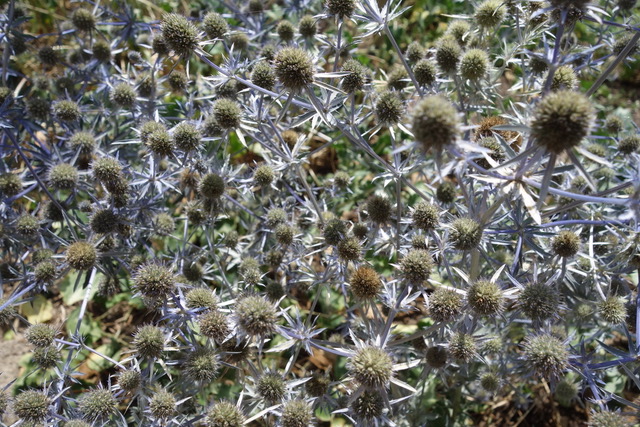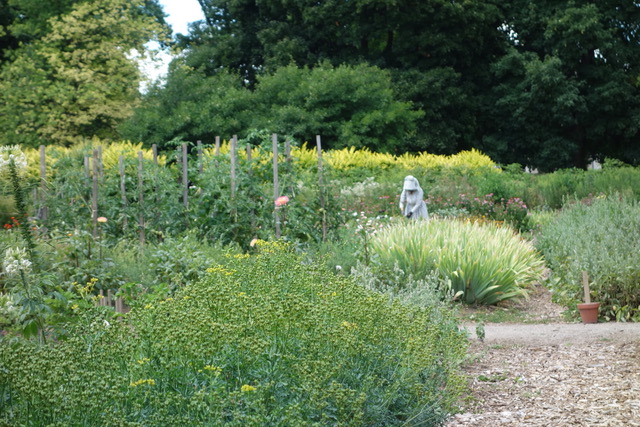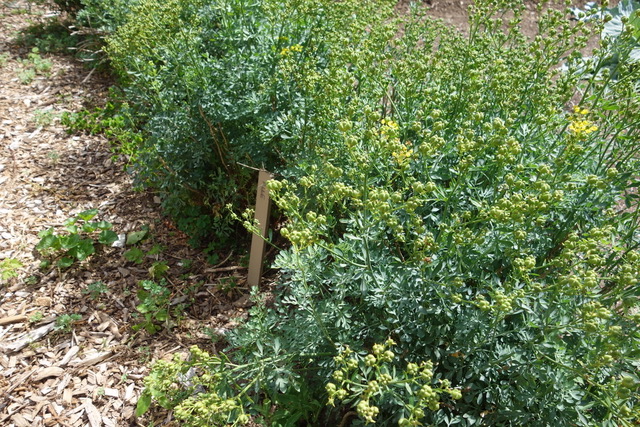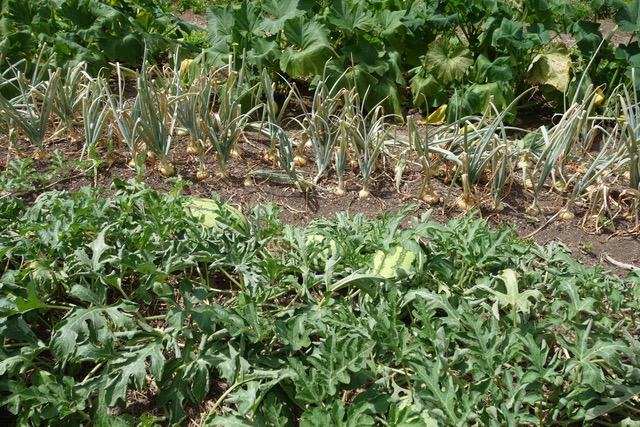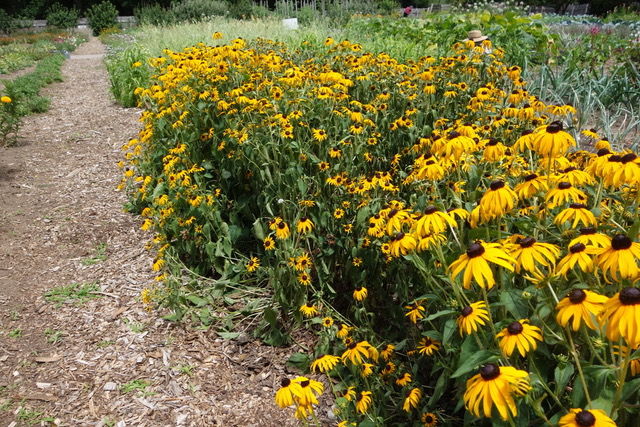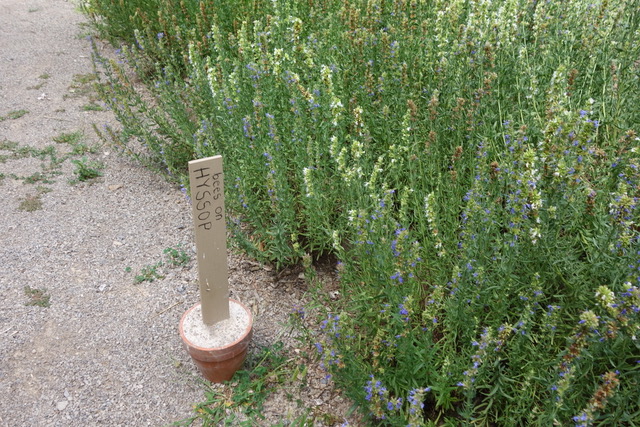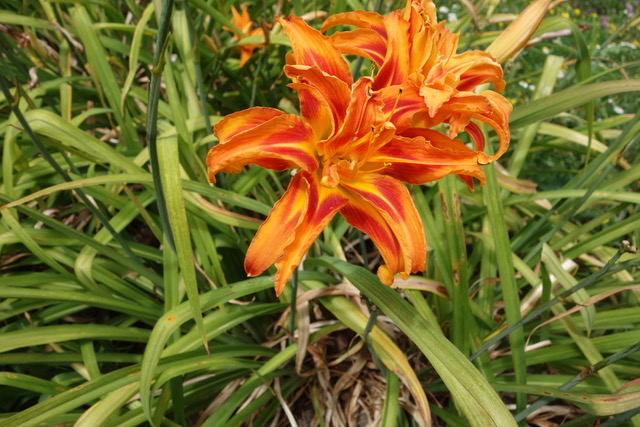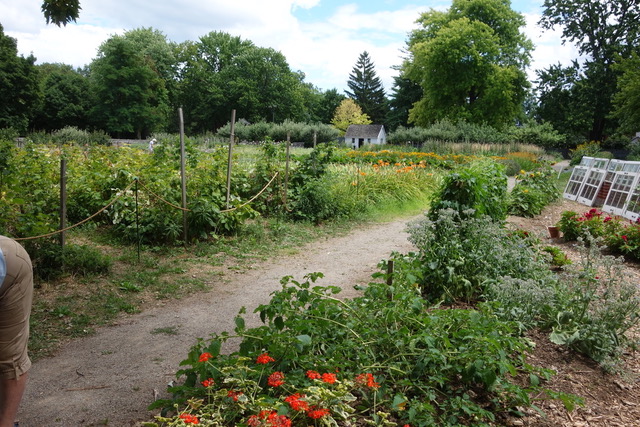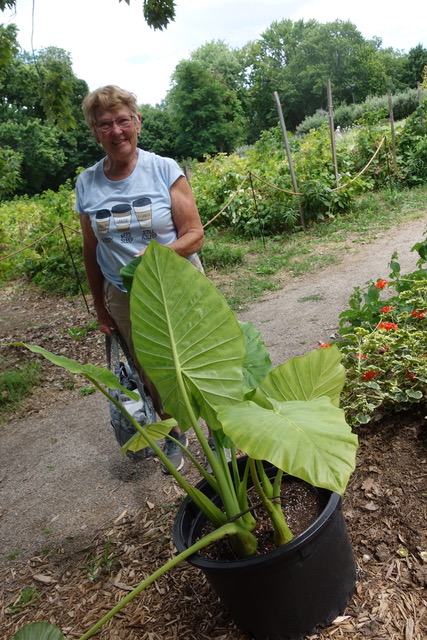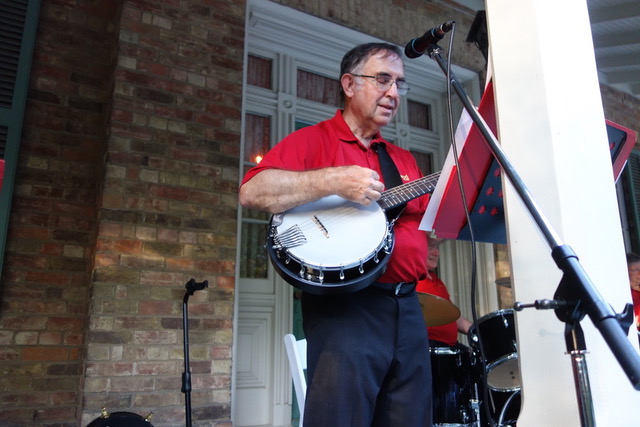
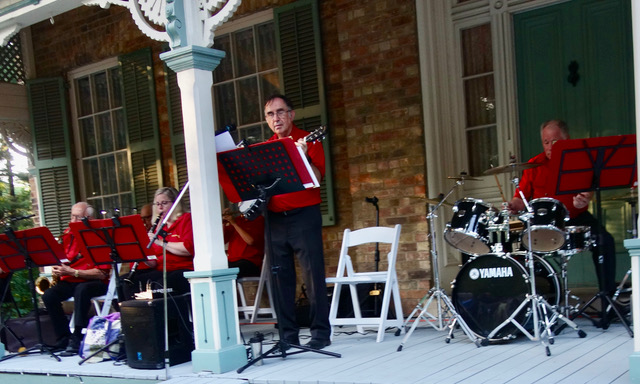
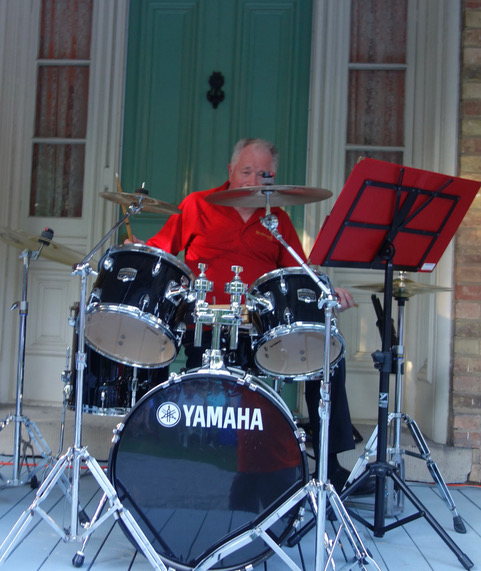
To the Mississippi?
We’ll take a trip to the land of dreams
Blowing down the river, down to New Orleans
Old friends to greet us
That’s where the line and the dark folks meet
A heaven on earth, they call it Basin Street
Where the elite always meet
Down in New Orleans, the land of dreams
You’ll never know how nice it seems
Just to be, yes, siree, in New Orleans
The land of dreams where I can lose
My Basin Street blues
Down the Mississippi
We took a trip in a land of dreams
And floated down the river down to New Orleans
Where the elite always meet
Down in New Orleans, the land of dreams
You’ll never know how, how much it seems
Just to be, yes, siree, yeah, New Orleans
The land of dreams where I can lose
My Basin Street blues
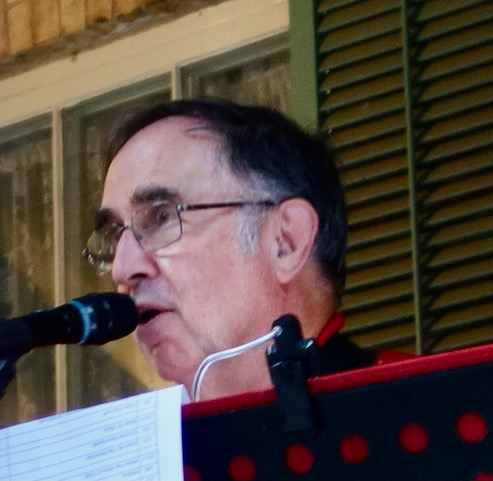
To the Mississippi?
We’ll take a trip to the land of dreams
Blowing down the river, down to New Orleans
Old friends to greet us
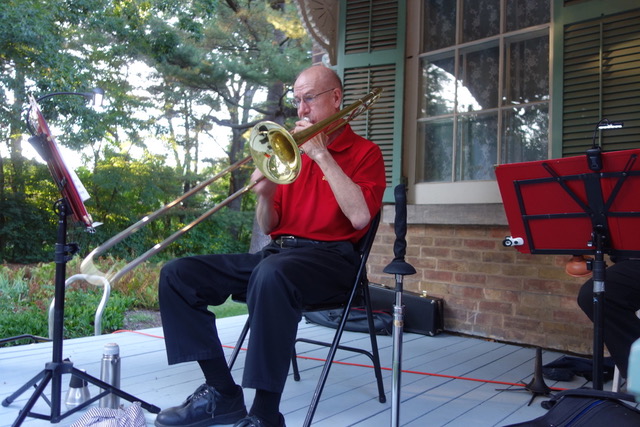
Hate’s to see dat ev’nin’ sun go down
Cause ma baby, she done lef’ dis town
If I feel tomorrow lak ah feel today
Feel tomorrow lak ah feel today
I’ll pack up my trunk, and make ma git away
Pulls dat man ‘roun’ by her apron strings
‘Twern’t for powder an’ her store-bought hair
De man she love wouldn’t gone nowhere, nowhere
Like a man done throwed that rock down into de sea
Got dem Saint Louis Blues I’m as blue as ah can be
To de gypsy, done got her fortune tole
Cause she most wile ’bout her Jelly Roll
Now dat gypsy tole her, “Don’t you wear no black”
She done tole her, “Don’t you wear no black
Go to Saint Louis, you can win him back”
Git to Cairo, find her old friend Jeff
Gwine to pin herself, right there, to his side If she flag his train, she sho’ can ride
Dat man got a heart lak a rock cast into de sea
Or else he wouldn’t have gone so far from me
Doggone it!
I loves day man lak a schoolboy loves his pie
Lak a Kentucky Col’nel loves his mint an’ rye
I’ll love ma baby till the day ah die
Said a black-headed gal makes a freight train jump the track
But a long tall gal makes a preacher ball the jack
I said a blonde-headed woman make a good man leave the town
But a red-headed woman make a boy slap his pappy down
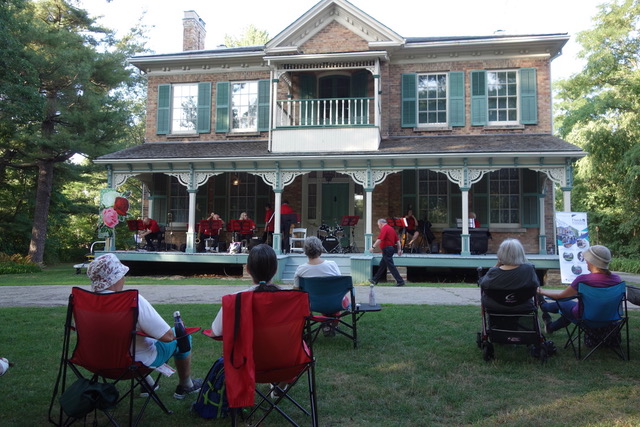

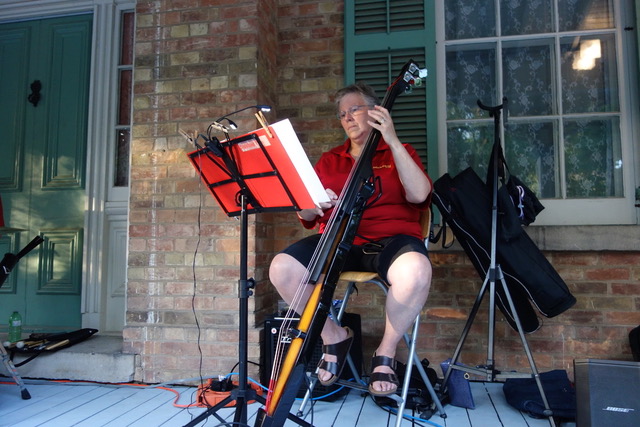




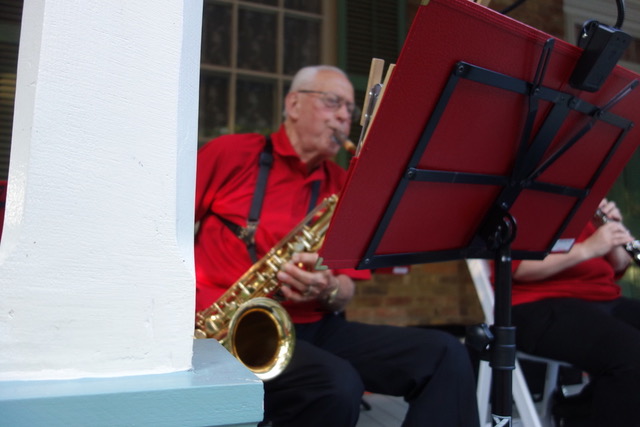
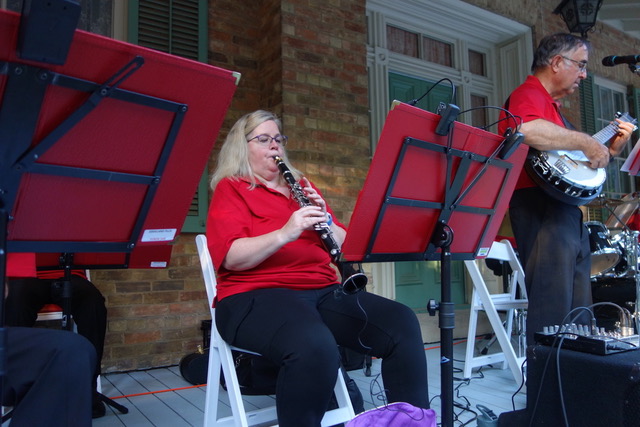
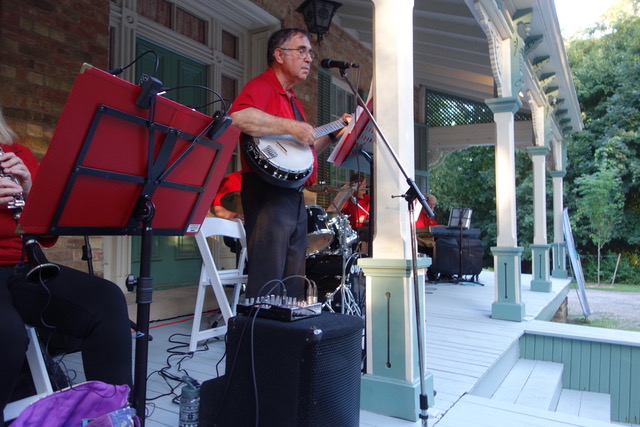


Hate’s to see dat ev’nin’ sun go down
Cause ma baby, she done lef’ dis town
If I feel tomorrow lak ah feel today
Feel tomorrow lak ah feel today
I’ll pack up my trunk, and make ma git away
Pulls dat man ‘roun’ by her apron strings
‘Twern’t for powder an’ her store-bought hair
De man she love wouldn’t gone nowhere, nowhere
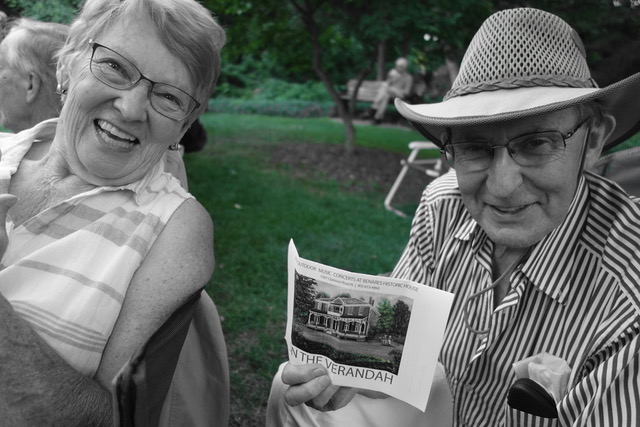
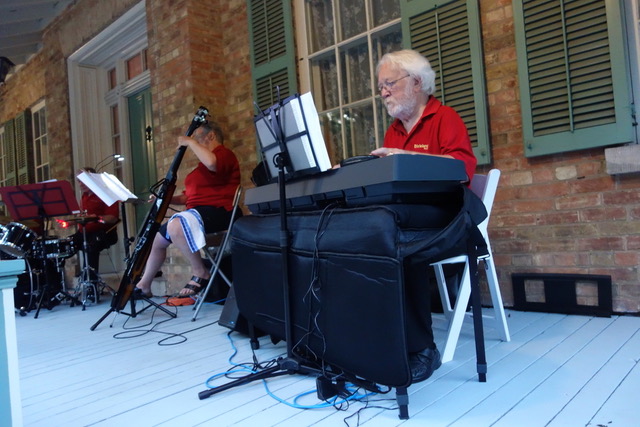

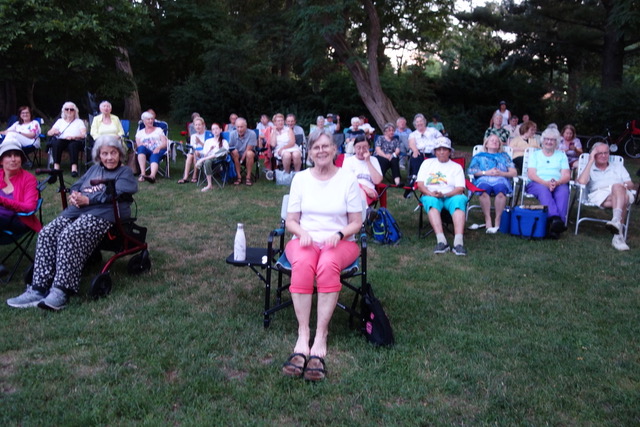
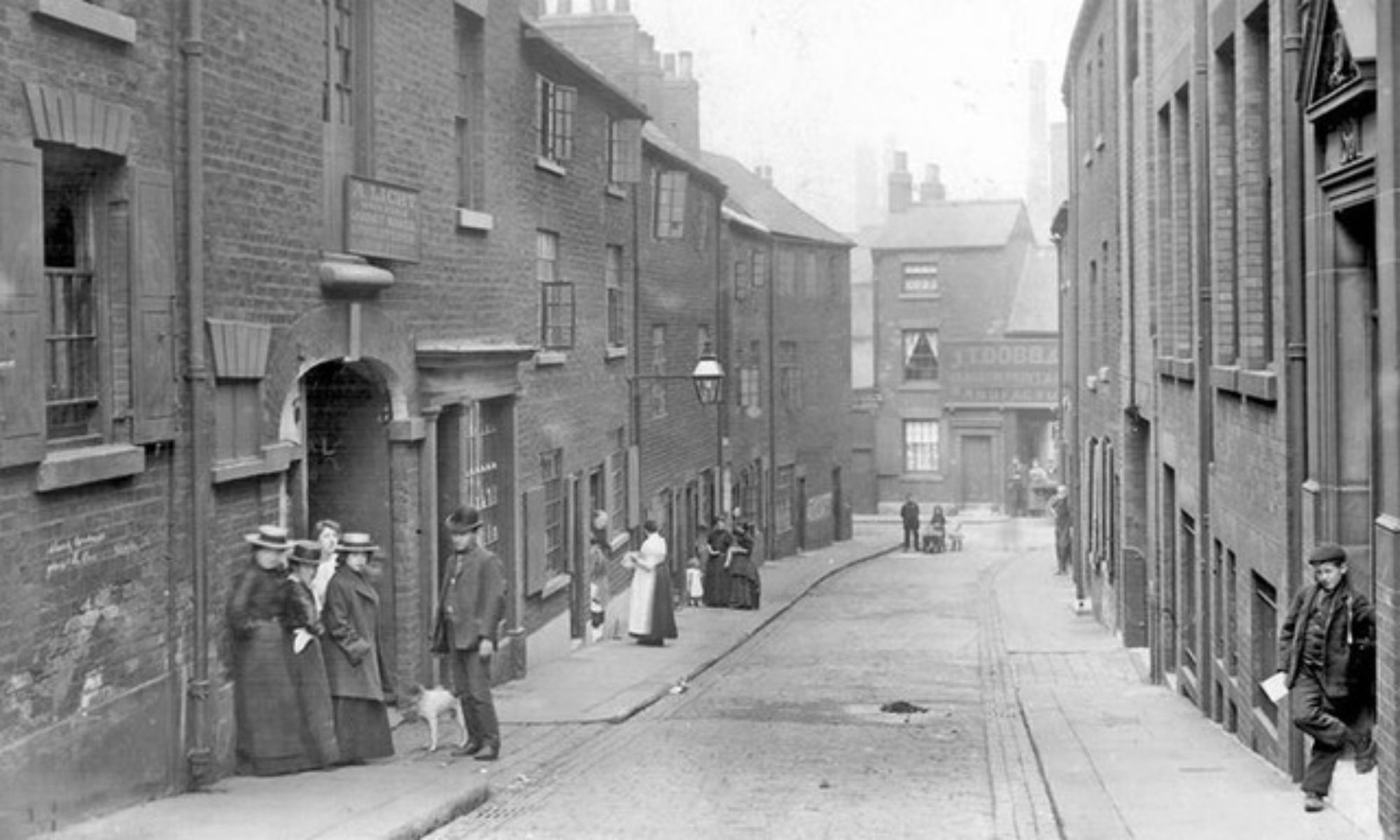
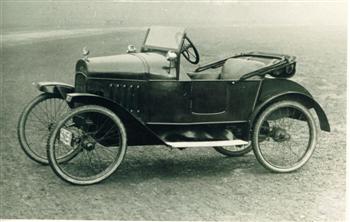
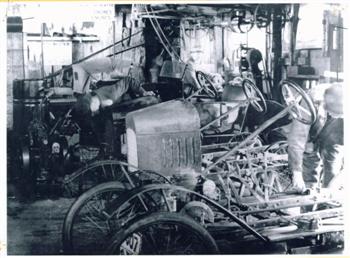

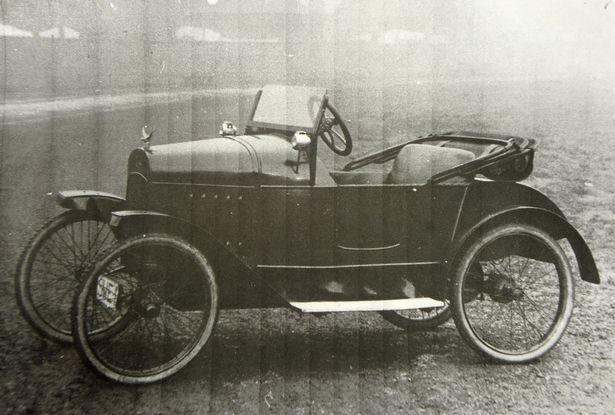

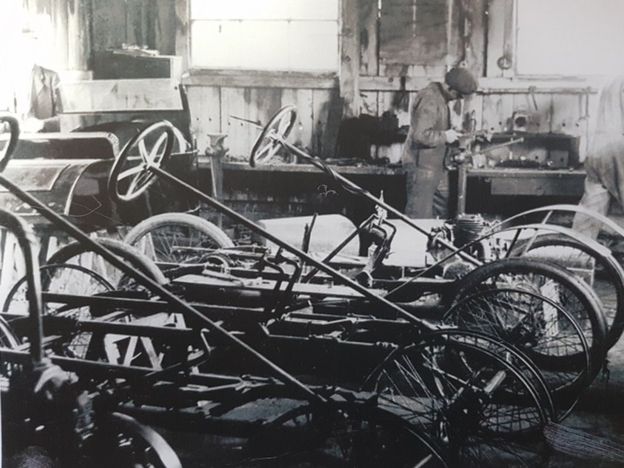
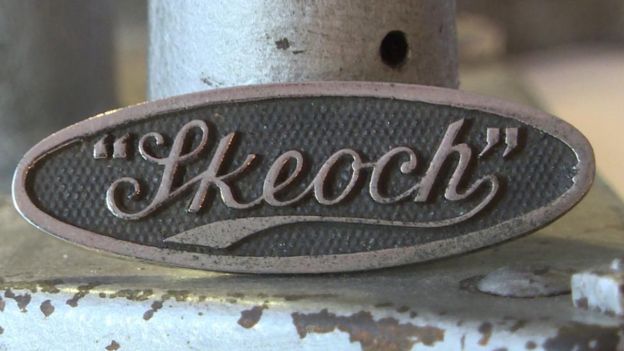


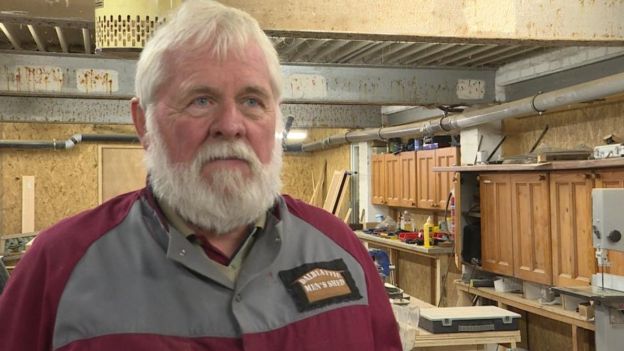
 i2-prod.dailyrecord.co.uk/incoming/article12137301.ece/ALTERNATES/s810/Mens-Shed-Dalbeattie.jpg 810w” src=”https://i2-prod.dailyrecord.co.uk/incoming/article12137301.ece/ALTERNATES/s615/Mens-Shed-Dalbeattie.jpg” alt=”Dalbeattie Men’s Shed members Geoff Thomas, John Forrest, Robin Gilchrist and Geoff Allison with part of the original engine and plans for the Skeoch car.” content=”https://i2-prod.dailyrecord.co.uk/incoming/article12137301.ece/ALTERNATES/s615/Mens-Shed-Dalbeattie.jpg” class=””>
i2-prod.dailyrecord.co.uk/incoming/article12137301.ece/ALTERNATES/s810/Mens-Shed-Dalbeattie.jpg 810w” src=”https://i2-prod.dailyrecord.co.uk/incoming/article12137301.ece/ALTERNATES/s615/Mens-Shed-Dalbeattie.jpg” alt=”Dalbeattie Men’s Shed members Geoff Thomas, John Forrest, Robin Gilchrist and Geoff Allison with part of the original engine and plans for the Skeoch car.” content=”https://i2-prod.dailyrecord.co.uk/incoming/article12137301.ece/ALTERNATES/s615/Mens-Shed-Dalbeattie.jpg” class=””> ichef.bbci.co.uk/news/320/cpsprodpb/4D35/production/_100156791_skeochbadge.jpg 320w,
ichef.bbci.co.uk/news/320/cpsprodpb/4D35/production/_100156791_skeochbadge.jpg 320w, 
